If you raise goats eventually you will deal with plant toxicity. Learn about poisonous plants for goats so you can prevent your goats from getting sick.
My first experience with plant toxicity wasn’t a fun one. It all started when I went out to milk one morning. My doe, who normally is waiting for me at the gate was nowhere in sight.
This site contains affiliate links. If you make a purchase using one of these links, I may earn a commission. Please see my disclosure page for more information about cookies collected and our privacy policy.
I found her in the barn. She was upright but was standing alone in a corner.
She was covered in green slime. As I tried to coax her out of the barn she let out a loud scream and shook her head, slinging bright green vomit all over the walls, herself, and me.
Throughout the day her 2 kids and the other doe in the yard all started showing symptoms.
It turned out that my visiting family had been clearing in a neighboring pasture and had thrown mountain laurel branches over the fence for the goats to eat.
And mountain laurel is just one of the plants that are poisonous for goats.
Luckily all my goats turned out okay, but plant toxicity doesn’t always have a happy ending. It’s important for all goat owners to be aware of what plants are poisonous to goats and what the signs of toxicity are.
Poisonous Plants for Goats
There’s a lot of plants that are poisonous for goats. There’s a range from extremely to minimally toxic, but goat owners should be aware of all of them. There’s no way to list every single toxic plant but if you are ever in doubt contact your local extension agent and they should be able to help you.
Here’s a list of the most common and most toxic plants for goats:
Rhododendron
Mountain Laurel
Azalea
Bracken Fern
Lantana
Wild Cherry (wilted leaves can be deadly)
Oleander
Yew
Larkspur
Delphinium
Boxwood
Nightshades
Pit fruit trees (wilted)
Poison Hemlock
Water Hemlock
My Busy Homesteader’s Goat Management Binder has a Poisonous Plant Checklist along with other checklists, to-do lists, records sheets and resources to help you raise healthier goats.
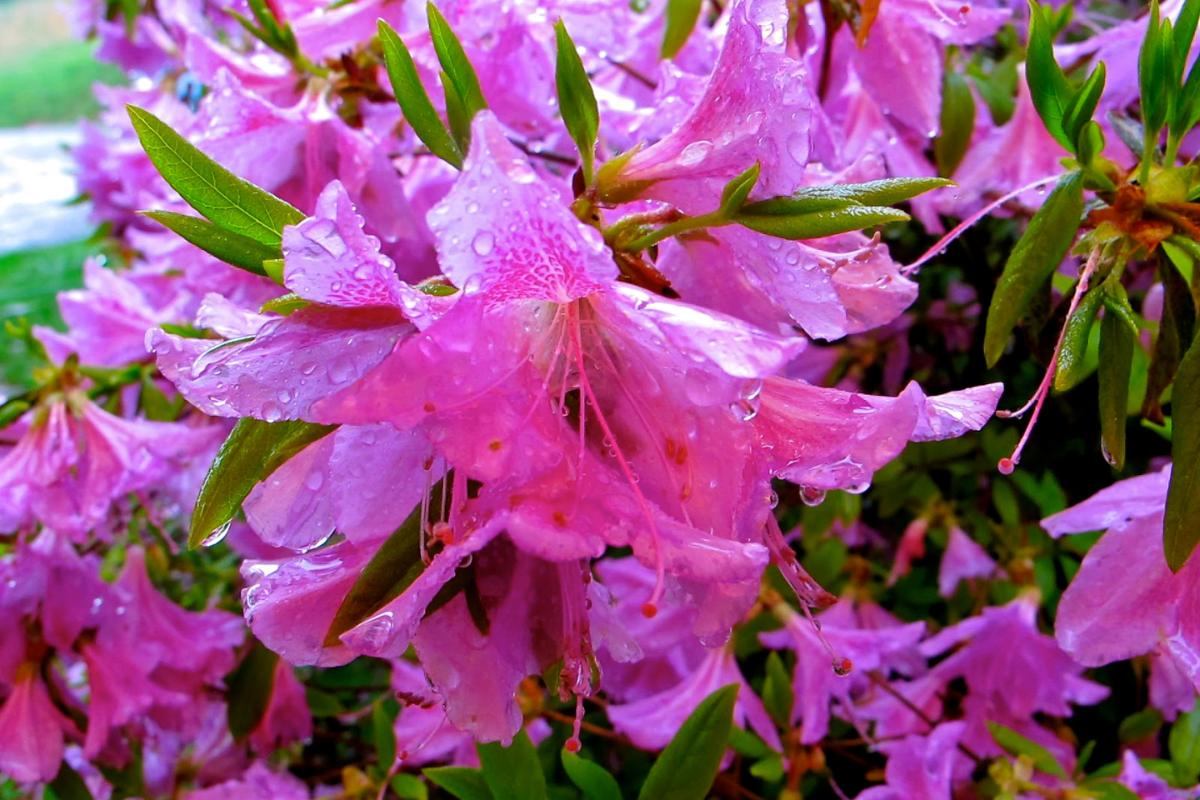
Azaleas are a popular landscaping plant that is very toxic to goats.
Symptoms of Plant Toxicity in Goats
So how do you know if your goats have ingested poisonous plants? Symptoms will vary somewhat depending on the plant ingested, but some general signs of a goat eating toxic plants are:
- Vomiting
- Standing off in a corner
- Foam or frothing at the mouth
- Teeth grinding
- Yelling
- Rapid heartbeat or breathing
- Confusion
- Staggering
- Convulsions
- Sudden death
How to Treat Plant Toxicity in Goats
So what do you do when one of your goats eats a poisonous plant? Treating and supporting your goats while they wait for the poisons to leave their system is the best course of action.
Catch it Early:
If you notice signs of a goat eating a poisonous plant start treatment as soon as possible. So if your goats escape their yard and you find them munching on the azaleas planted around the house, go ahead and treat them, just in case.
Keeping an activated charcoal paste on hand is a great way to bind and remove the toxins before they make it too far into the goat’s digestive tract.
Remove All Grains:
More than likely a goat who has ingested a poisonous plant won’t feel like eating, but as they recover it’s still best to keep grains to a minimum so you don’t upset the rumen.
Feed good quality hay only for a few days instead of offering grain.
Keep Your Goat Hydrated:
Keeping your goat hydrated is extremely important when they are sick. This is even more important if your goat is vomiting or has scours.
Make up a batch of goat electrolytes and offer it to them to keep them hydrated and to help move the toxins through their systems.
One thing to remember if your goat is vomiting- if their water source becomes contaminated while drinking it should be changed to prevent the goats from re-ingesting the toxins. Plant matter can get stuck around their mouth and beards, which comes off in the water as they drink.
Soothe Their Stomachs:
Give a dose of Milk of Magnesia to help soothe the stomach lining. It can help calm the stomach and reduce spasms and vomiting.
Having baking soda available for them to eat free choice can also help soothe their rumen.
Prevent Secondary Conditions:
Goats have very sensitive rumens and eating a poisonous plant can disrupt the rumen function, leaving it open to secondary conditions such as Listeriosis or Goat Polio.
If your goat is dealing with plant toxicity, give an injection of Fortified B Vitamins 2 times per day to support their systems and ensure they are getting enough thiamine. (Read more about Thiamine Deficiency and Goat Polio)
You can stop these injections once the goat has resumed a normal appetite.
How to Prevent Plant Toxicity in Goats
Prevention is always best when it comes to toxic plants and goats. Some poisonous plants can kill your goats in a matter of minutes, so prevention is the only way to keep them healthy and safe.
Remove Poisonous Plants from Your Pastures
The easiest way to stop your goats from eating poisonous plants is to not allow them access.
Before adding goats to any pasture you should take an inventory of what is growing there and remove any plants that can cause problems.
This might mean cutting down trees, fencing certain areas, or eradicating certain weeds.
While not always necessary, you can also remove problem landscaping from around your home just in case.
We’ve had a few other bouts of azalea poisoning over the years because of escaped goats eating the bushes from around our house.
Ensure Your Fences are Strong
A good fence is your best friend when it comes to keeping your goats where they need to be.
Make sure your fence is tall enough that your goats can’t jump over it and strong and secure enough that they can’t bust through.
Read more about fencing for goats below:
The Best Fencing Options for Goats
Complete Guide to Using Electric Fencing with Goats
Educate Guests and Neighbors
Sometimes your goats can get sick from well meaning family and neighbors. My family threw mountain laurel over the fence thinking that they were giving the goats a nice treat- and it could have killed them.
Make sure your family, neighbors, and other guests know what plants are toxic to goats- or at the very least make sure they know to ask before they feed anything to your goats.
Can Goats Tell Which Plants Are Poisonous?
This is one of the common misconceptions when it comes to poisonous plants and goats.
Goats cannot tell which plants are poisonous and which are safe to eat. But there are some truths behind this misconception:
Many poisonous plants are unappetizing to goats. This simply means they don’t care for them. BUT if they are in a pasture without much else to eat they will eat them over eating nothing.
Goat do have some memory for what makes them sick. In our experience the goats that have gotten into azalea once never touch it again, even if they have a chance to.
It’s virtually impossible to make sure your curious, mouthy goats never eat something they shouldn’t, but with these steps you should be able to reduce the amount of poisonous plants your goats eat and help them through their sickness when they do.

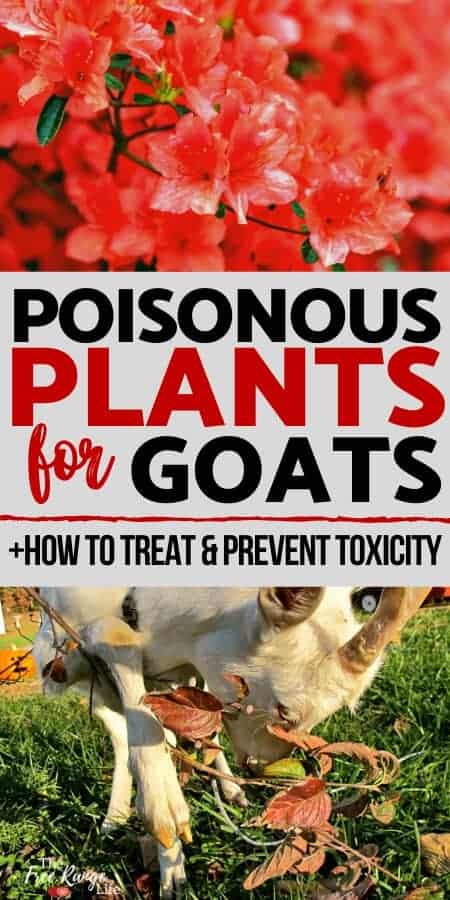
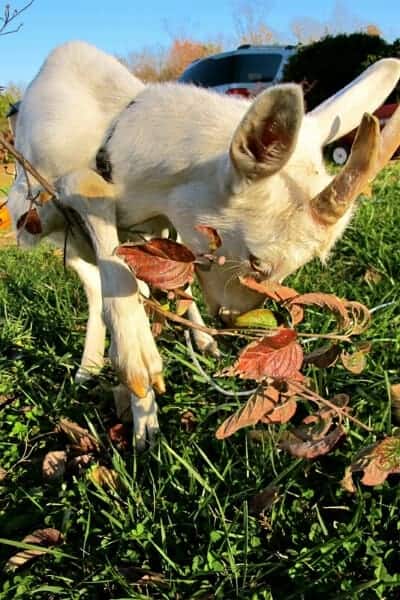
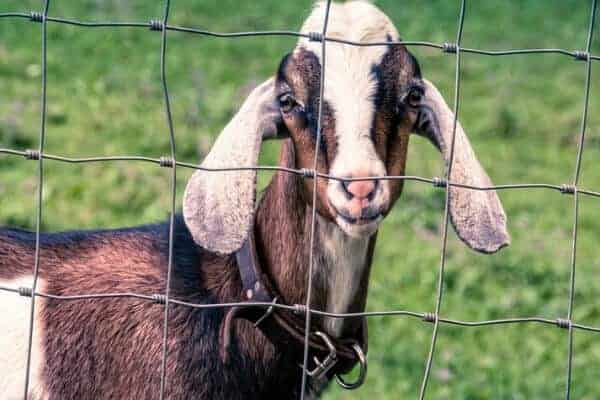
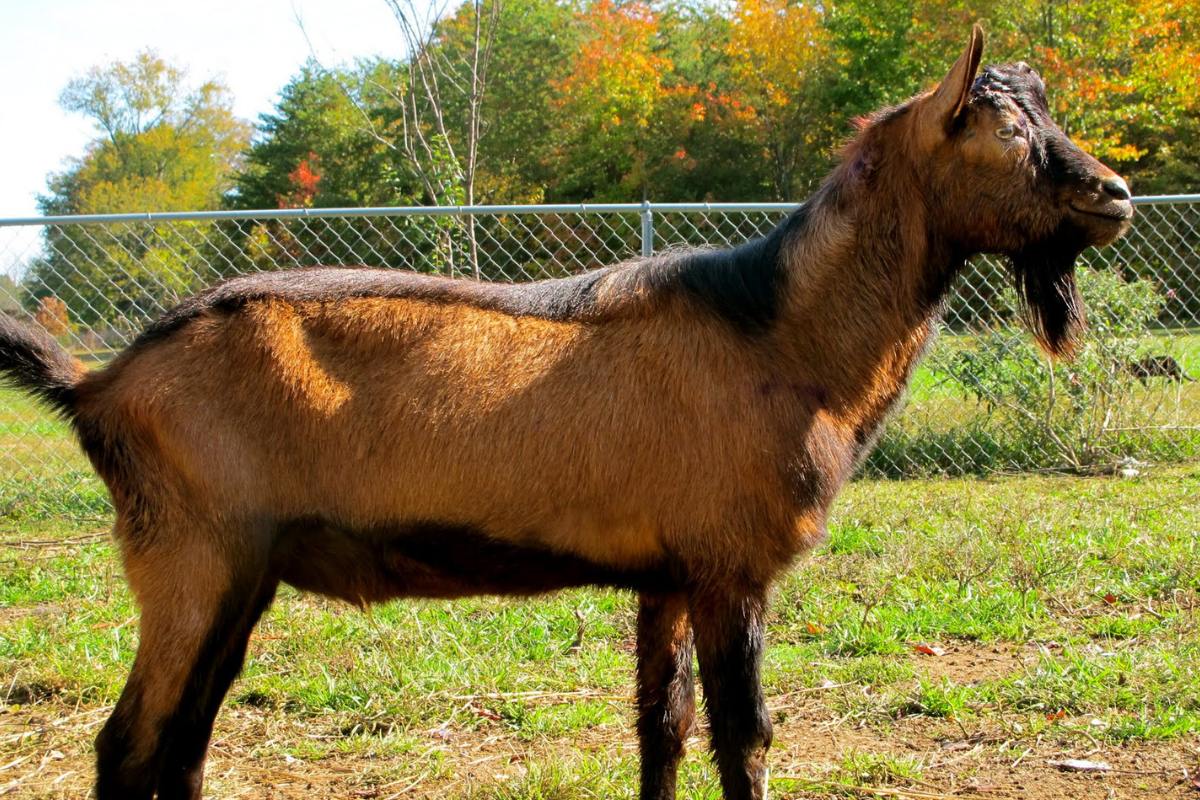


If a goat eats a poisonous plant and their milking , you should through away the milk from the poisoned goat?
Or will it be okay to consume ?
I had 16 goats eat azaleas and were poisoned. My question is also about milk withdrawal times. No one seems to know. I have a small herd of 24 and make cheese for sales to support the goats. I hope someone out there can help us determine a safe timeline.
I noticed FOXGLOVE is not on your list of poisonous plants. It is quickly lethal and common in the northwest. I lost a young goat that nibbled on a stem of some I had cut. I had a pile of cuttings in the barnyard blackberries and different things that needed cleared out &I my boyfriend let the 2 goats and 1 ewe out in that yard not realizing the cuttings included “bad stuff”. They had been in that yard for less than 12 hours and my goat was dead. He had not eaten much, like I said he had nibbled on a dead stem.
good information article